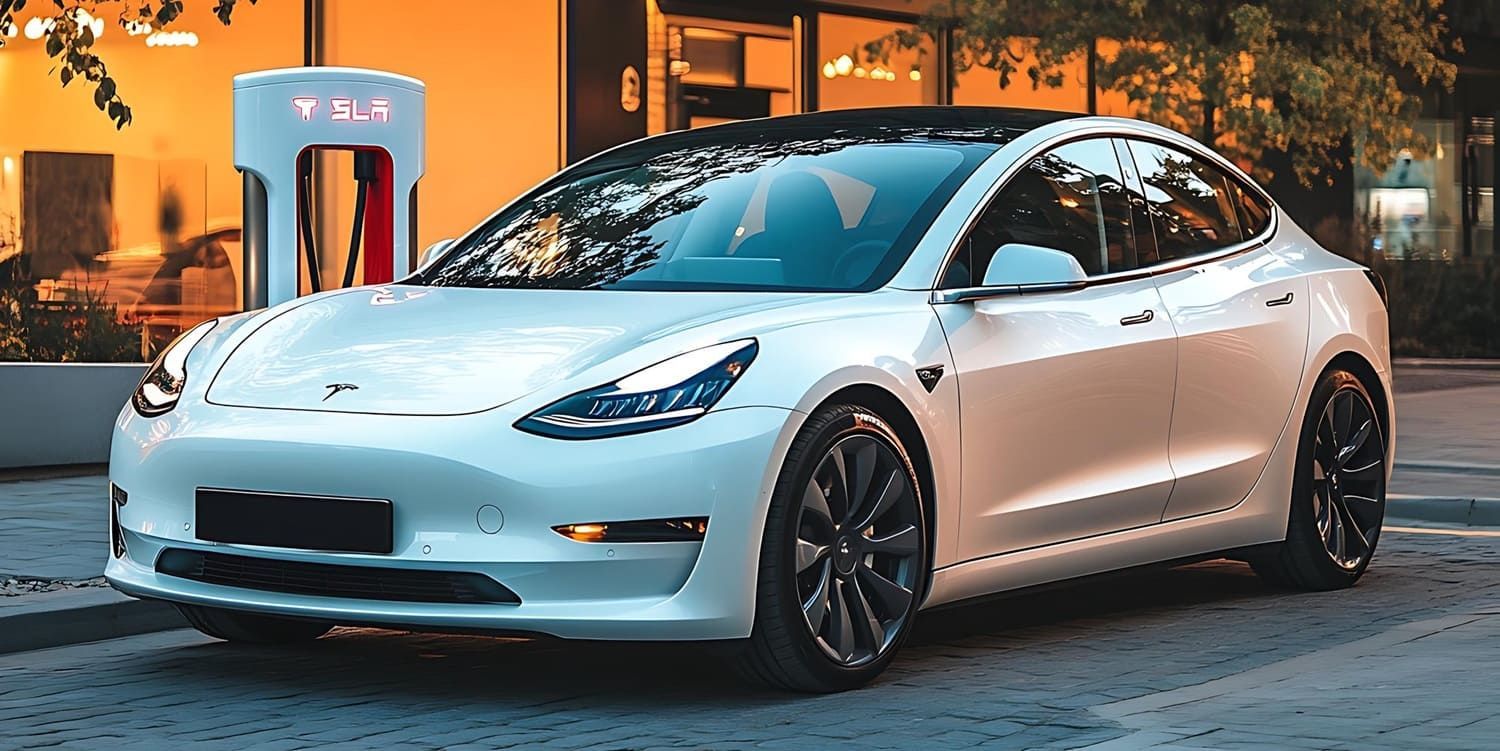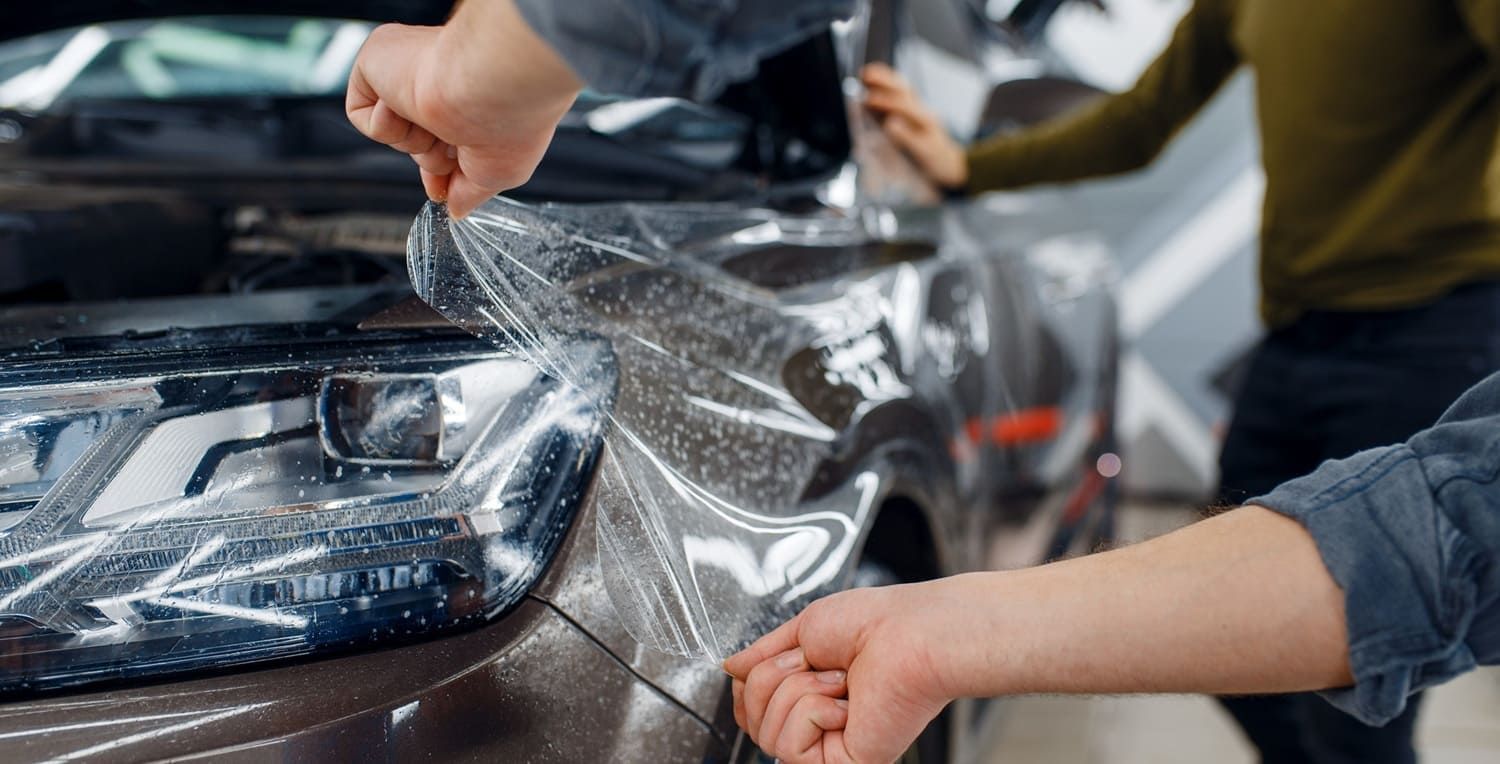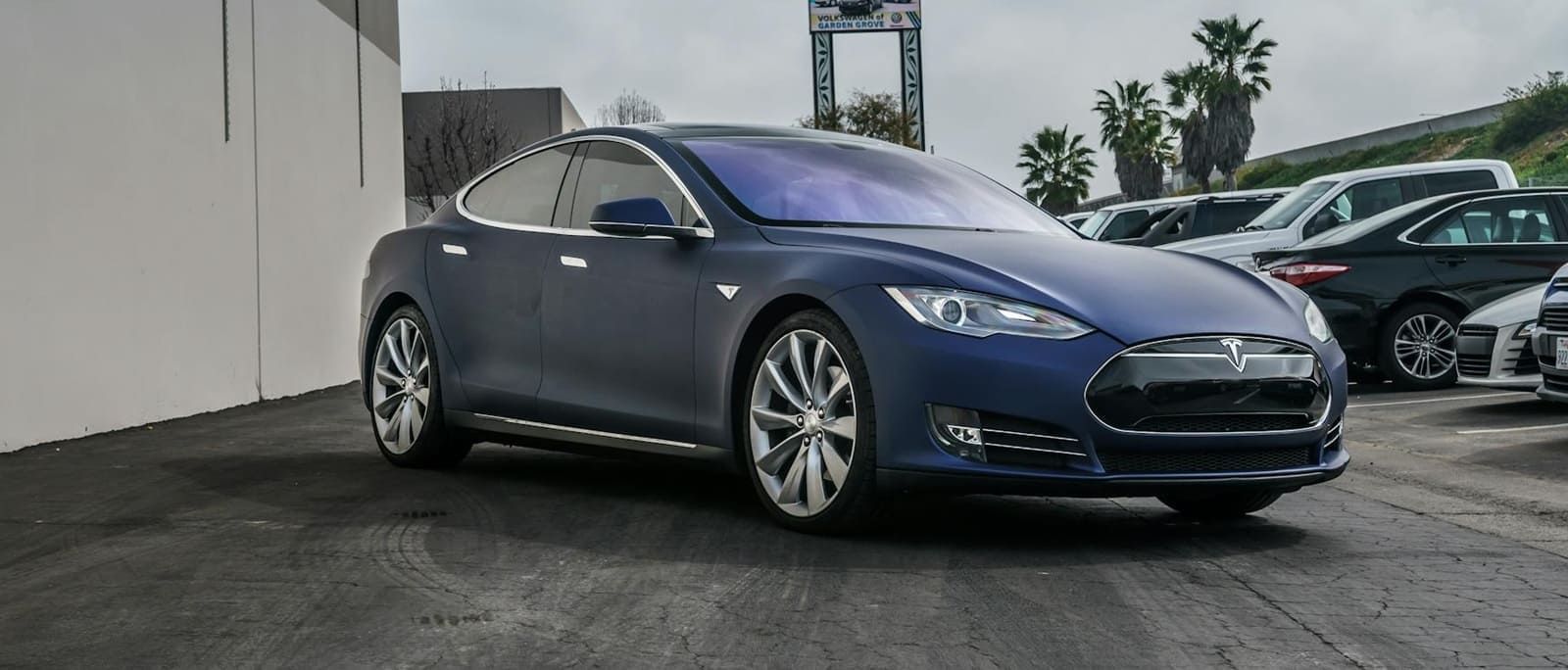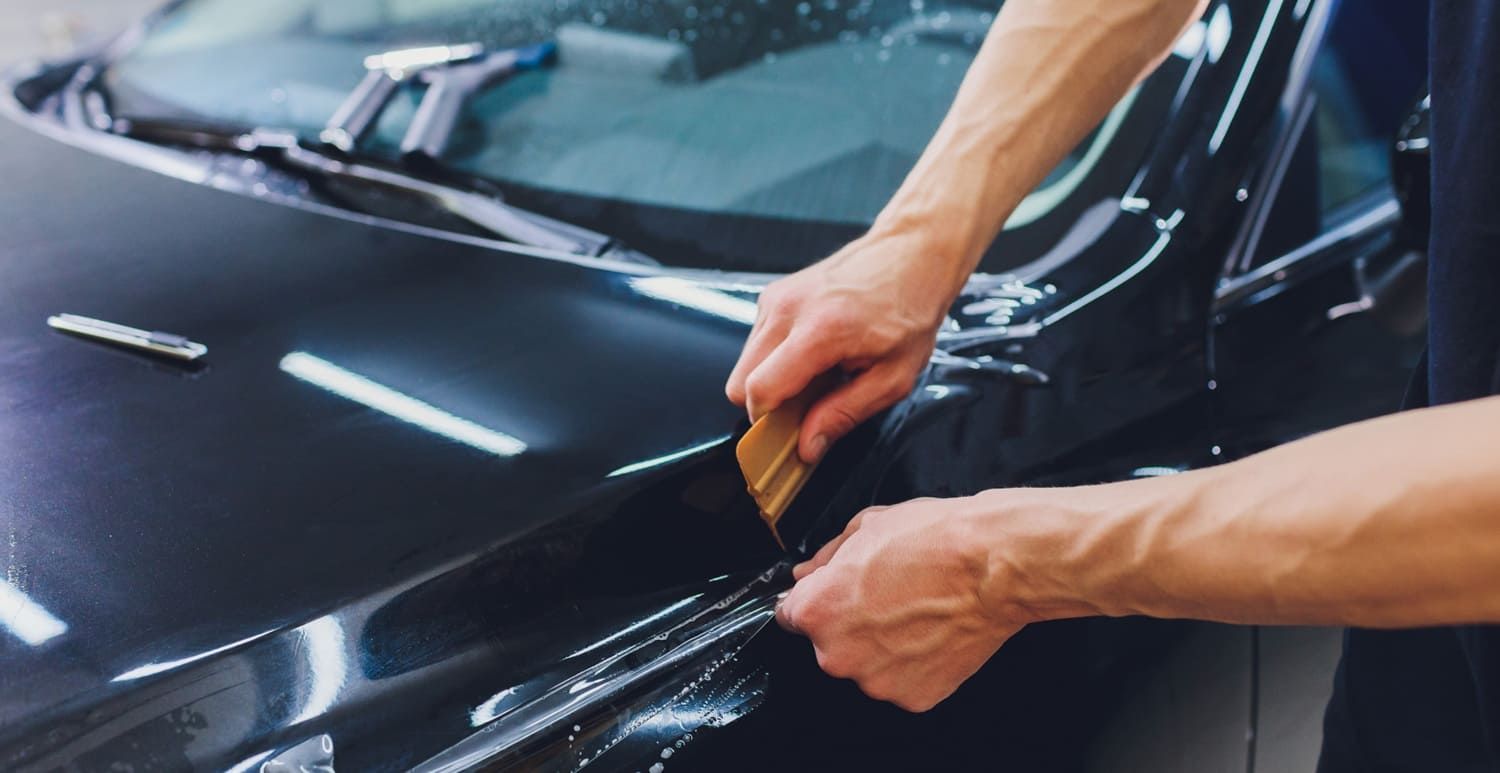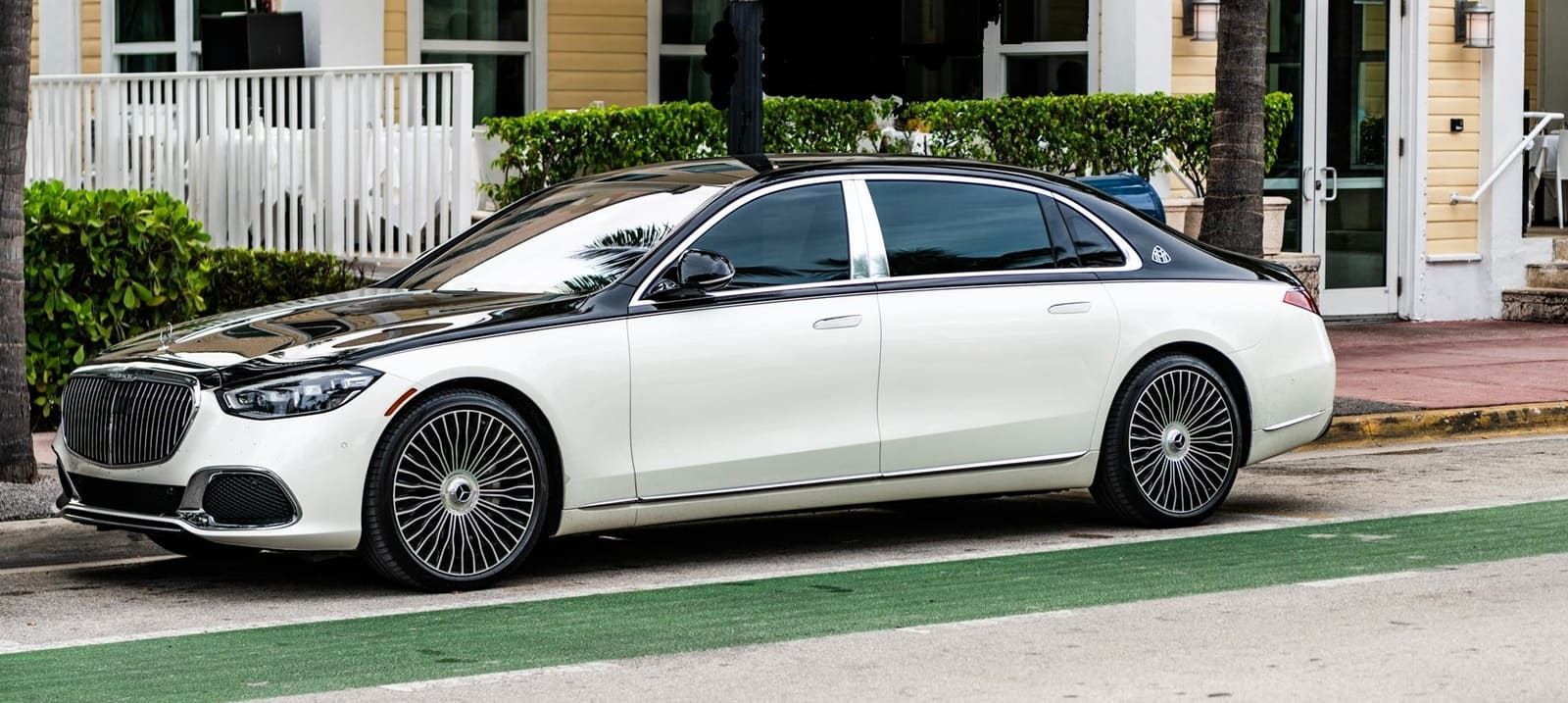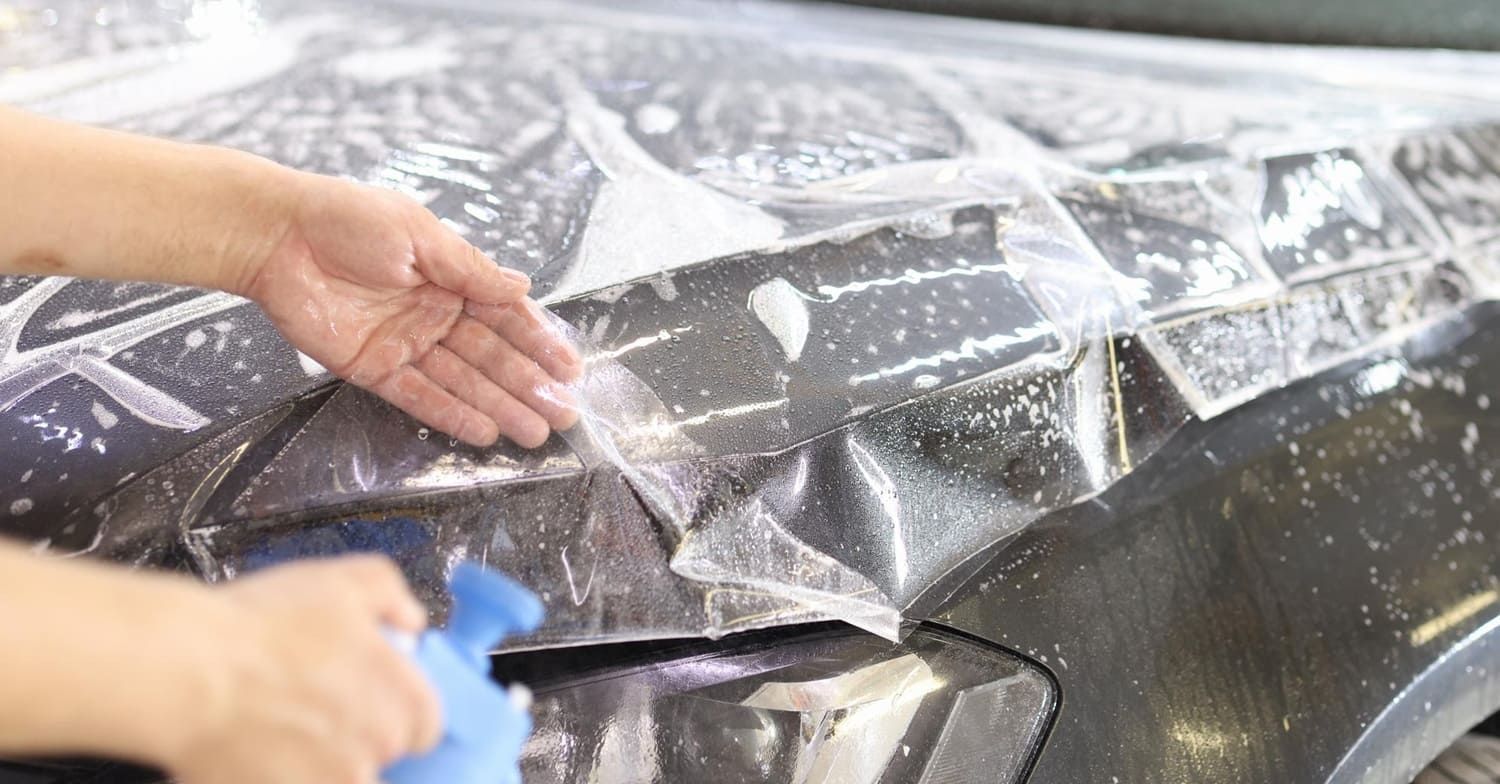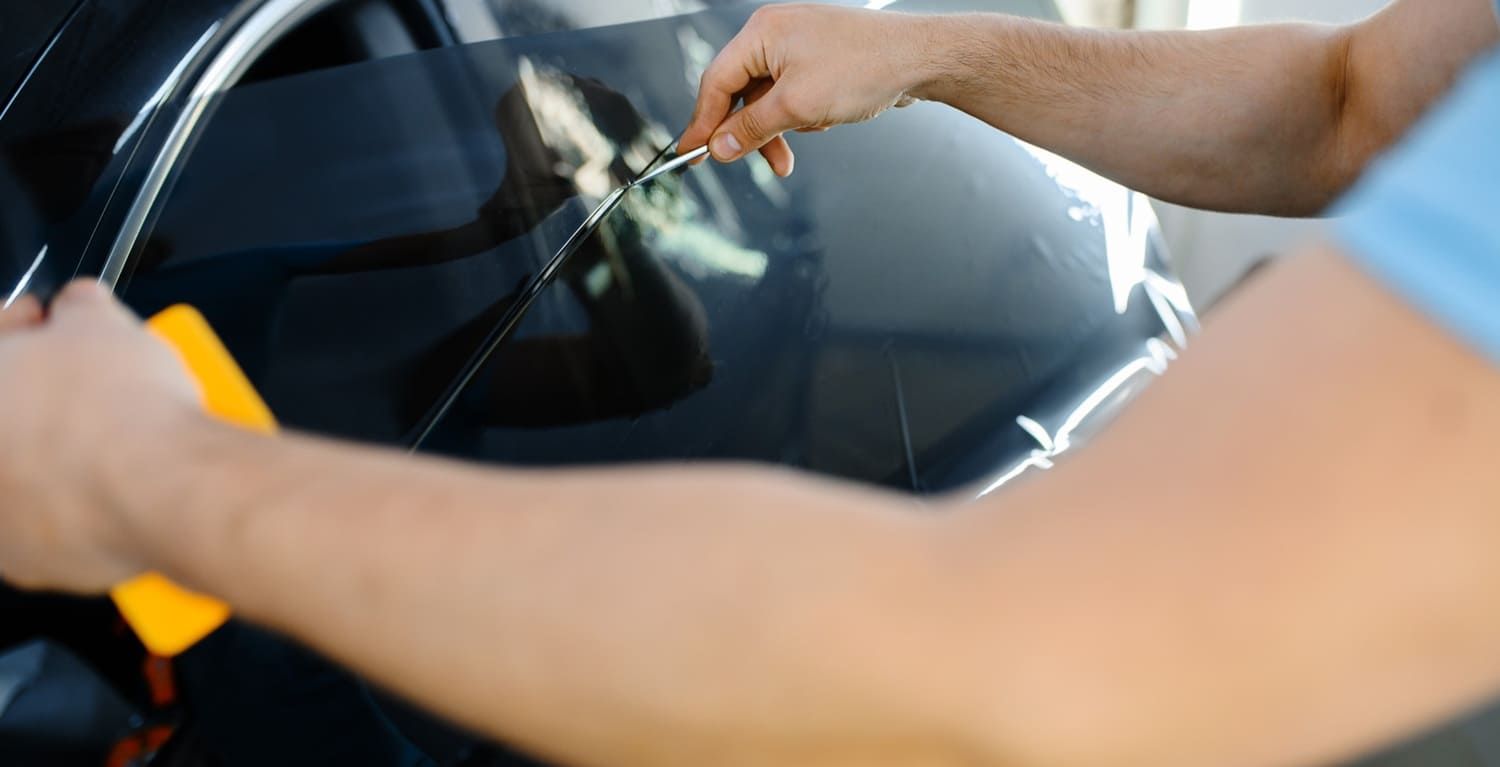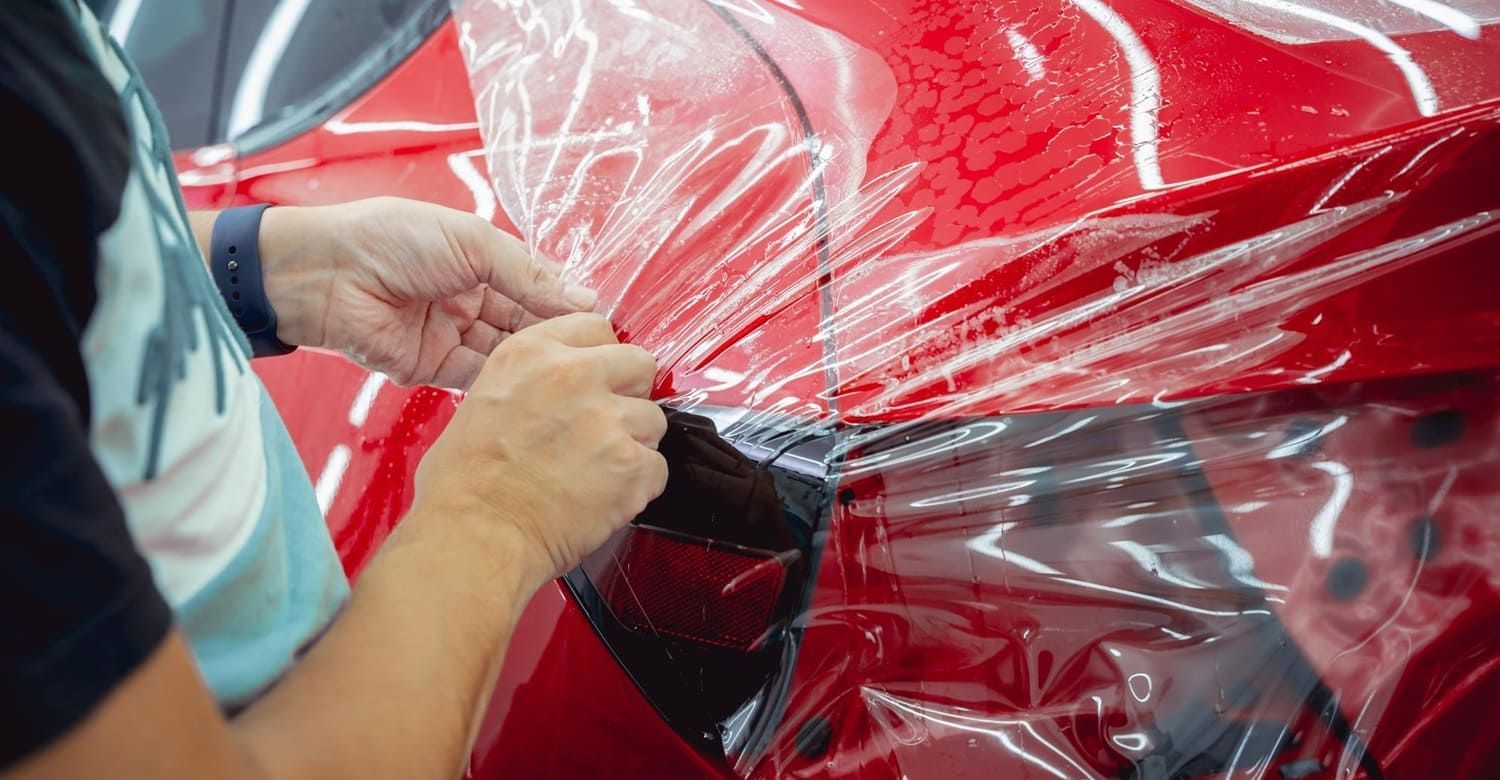What Is the Legal Window Tint Percentage in My State?
When it comes to getting your window tinted, many people want to go as dark as possible. However, there are regulations. Read here on legal window tint!

People tint their car windows for many different reasons, including style, comfort, and safety. Tinting can keep the sun out of your eyes, help regulate the temperature inside your vehicle, and help protect your skin. In fact, the American Skin Cancer Foundation recommends window film as an effective means for staving off skin cancer.
Given these benefits, people often seek out the darkest tint possible. But states have different regulations on the amount of legal window tint in vehicles. These are complex and can even vary from window to window.
That is why it is important to know what your state allows before you install window tint. The information below summarizes state regulations and offers advice on how you can ensure tint in your car is within the legal limits. It will allow you to optimize protection and other benefits of window tint without worrying that you are overstepping the bounds of the law.
Understanding the Benefits of Window Tint
Perhaps the most important benefit of window film is protecting your skin against harmful UV rays, which may be more dangerous than you realize. Did you know that skin cancer is more prevalent on the left side of drivers' faces, which is more regularly exposed to the sun than on the right side?
Besides guarding against skin cancer, window tint protects your car’s dashboard and upholstery from damage by the sun’s rays. It can help keep your car cooler in the summer. Window tint also can protect your belongings by obscuring the contents of your vehicle from potential thieves.
It stands to reason that the darker the tint, the more protection you get. That is generally true, but not entirely.
First of all, certain translucent window films can provide the same UV protection level as the darkest shade. The same is true for the ability to keep heat out.
The translucent film does not provide the same privacy protections or style. So, if your motivation for purchasing window tint is related to these reasons, you are probably interested in knowing the limits of how dark to tint.
Reasoning Behind Tint Restrictions
It is important to understand the reasoning behind restrictions on window tinting. There are a few main factors.
One is vision. Too dark a film, especially on the windshield or front-side tinted windows, can limit vision and decrease safety.
Also, illegal tint makes it too difficult for law enforcement to see inside vehicles. In general, this can be a danger to police officers as well as vehicle occupants.
In general, law enforcement personnel know how dark a tint is permissible in their state. You can be pulled over for having a tint that is too dark.
Many police officers carry devices that can test the amount of light allowed through your windows. Besides fines, courts can order you to remove the illegal tint from your vehicle.
Legal Window Tint
There are no federal laws governing windshield tint. States layout and implement all window film regulations. What level of tint a state allows varies and may be different for each window of the car.
Window tint percentage is measured by visible light transmittance (VLT), or the amount of light passing through the windows. Limo tint, for instance, has a 5 percent VLT.
Most new vehicles come with factory tint already installed. You must account for this whenever adding a new tint. This is done by multiplying the percentages.
Most manufacturer’s tint will be no darker than 70 percent VLT. So, if you already have an 80 percent VLT and add a 30 percent to it, you will arrive at a 24 percent VLT (.80 x .30 = .24).
Windshield Tinting
For the windshield, most states do not allow additional tint below the AS-1 line. These are often indicated on the windshield, about half a foot from the top. They usually coincide with the point where a lowered sun visor inside the car touches the windshield.
Most states allow further tinting above this line, although not below. It is illegal to have any added tinting to the windshield in a handful of states (Minnesota, New Jersey, and Pennsylvania). Like North Dakota and Ohio, other states allow tinting anywhere on the windshield as long as the VLT is greater than 70 percent.
Side and Back Windows
State limits on front-side window limits range from any amount of tint (Michigan) to completely illegal (New Hampshire, New Jersey, Vermont). All other states set a VLT percentage between 20 and 70.
States tend to be more lenient with back-side window tinting restrictions. At least 13 states allow any amount of tinting on them. Most other states set the VLT limit between 15 percent and 50 percent. Only three states (New York, Pennsylvania, and Rhode Island) have a VLT limit of 70 percent.
Similarly, 16 states allow any tinting on the rear window, and most states allow between 10 percent and 50 percent. Pennsylvania and Rhode Island are the only two states that allow no more than 70 percent for rear windows.
Exceptions
State laws often include specific exemptions, such as allowing darker tint on rear windows if the vehicle has side mirrors on each side. Also, most states have provisions that allow exceptions for medical reasons, such as conditions that make people sensitive to light.
Keeping regulations straight can be daunting, especially for people who regularly travel across state lines. Fortunately, some sites keep up-to-date on these laws.
One easy way to ensure that you have legal window tint is to take your vehicle to a reputable installer. They will be able to do calculations involving your existing tint and achieve the darkest level permissible.
Get the Right Amount of Tint for Your Car
Now that you know what level of legal window tint is in your state, you can be confident that you are getting the right amount to suit your needs. And you can have peace of mind that your vehicle is not breaking any laws.
At Sunstopper Window Tinting, we have decades of experience installing window films. We provide quality products, including CPFilms. And our expert installers are professionally training in the latest techniques.
We can provide you with professional window tinting services and ensure that your vehicle meets all legal requirements. Contact us for a free estimate today.


